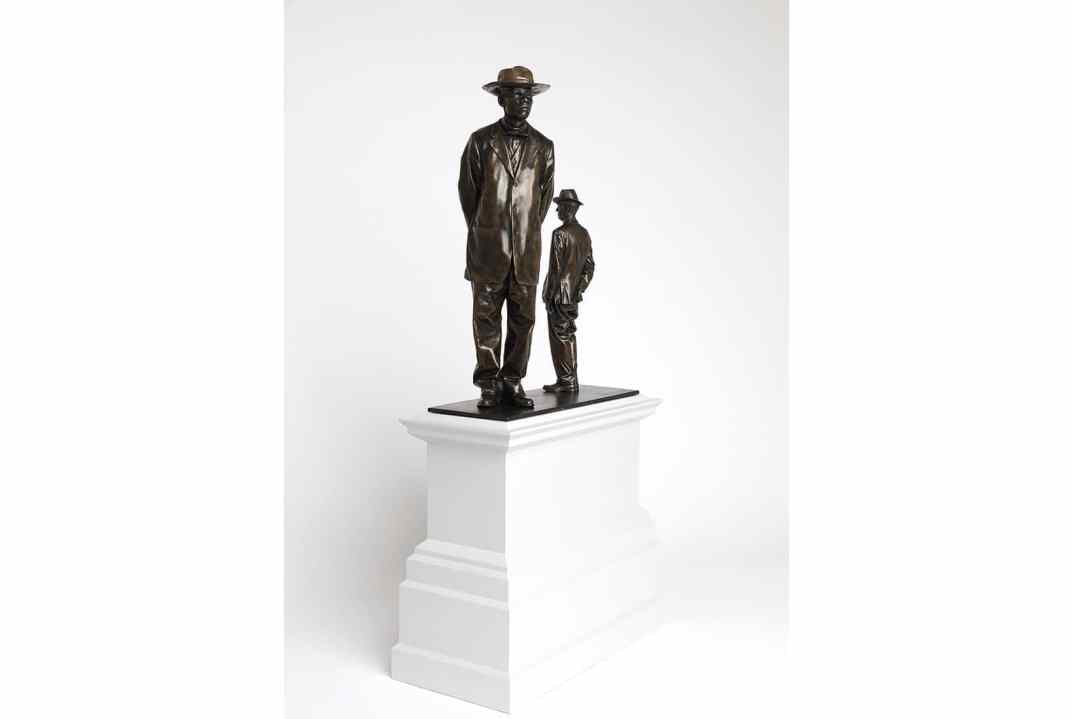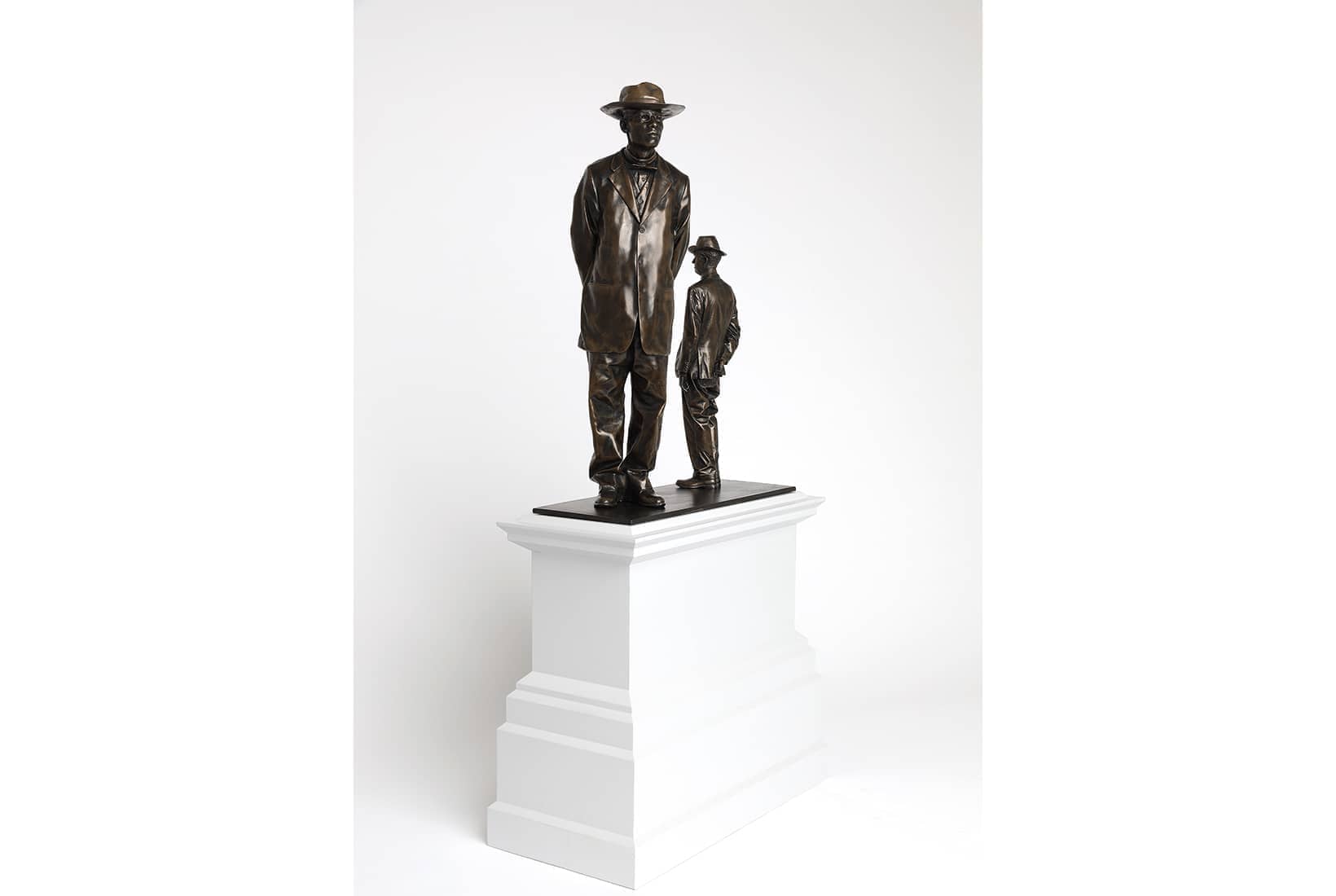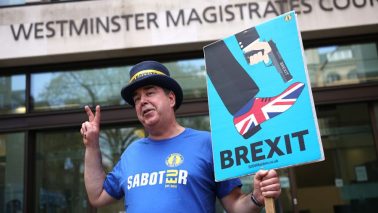The Revd John Chilembwe – whose statue now adorns Trafalgar Square – is notorious for the church service he conducted beneath the severed head of William Jervis Livingstone, a Scottish plantation manager with a reputation for mistreating his workers. The night before, Chilembwe’s followers had broken into his house and chased him from room to room as he tried to fend them off with an unloaded rifle. Eventually, they pinned him down and decapitated him in front of his wife and children. It was the most significant action in the 1915 Chilembwe rebellion, a small, short-lived affair in an obscure corner of the British Empire today known as Malawi.
It says a lot about our times that a figure with Chilembwe’s record should be vaunted with a public statue. The Fourth Plinth Commission announced the decision in July last year, when dispute about statues was intense. The summer before, Black Lives Matter riots had erupted in Britain. Edward Colston was torn down, Gandhi and Churchill were daubed with graffiti. The Chilembwe statue was chosen to shine ‘a spotlight on important issues that our society continues to face’, said Sadiq Khan. In other words, it was a deliberate salvo in the already heated culture wars. But Chilembwe’s real story is an ambiguous one, and I wonder if the Fourth Plinth Commission has got more than it bargained for with this particular contribution to the vexed debate about our past.
The installation is actually a pair of statues: the second figure is John Chorley, an otherwise unremarkable English missionary who was Chilembwe’s friend. An iconic photograph exists of the two men standing together, and it is on this that the statues are based. The artist, Samson Kambalu – a Malawian professor of fine art at Oxford – has cast Chorley much smaller, to diminish him and exalt Chilembwe.








Comments
Join the debate for just £1 a month
Be part of the conversation with other Spectator readers by getting your first three months for £3.
UNLOCK ACCESS Just £1 a monthAlready a subscriber? Log in